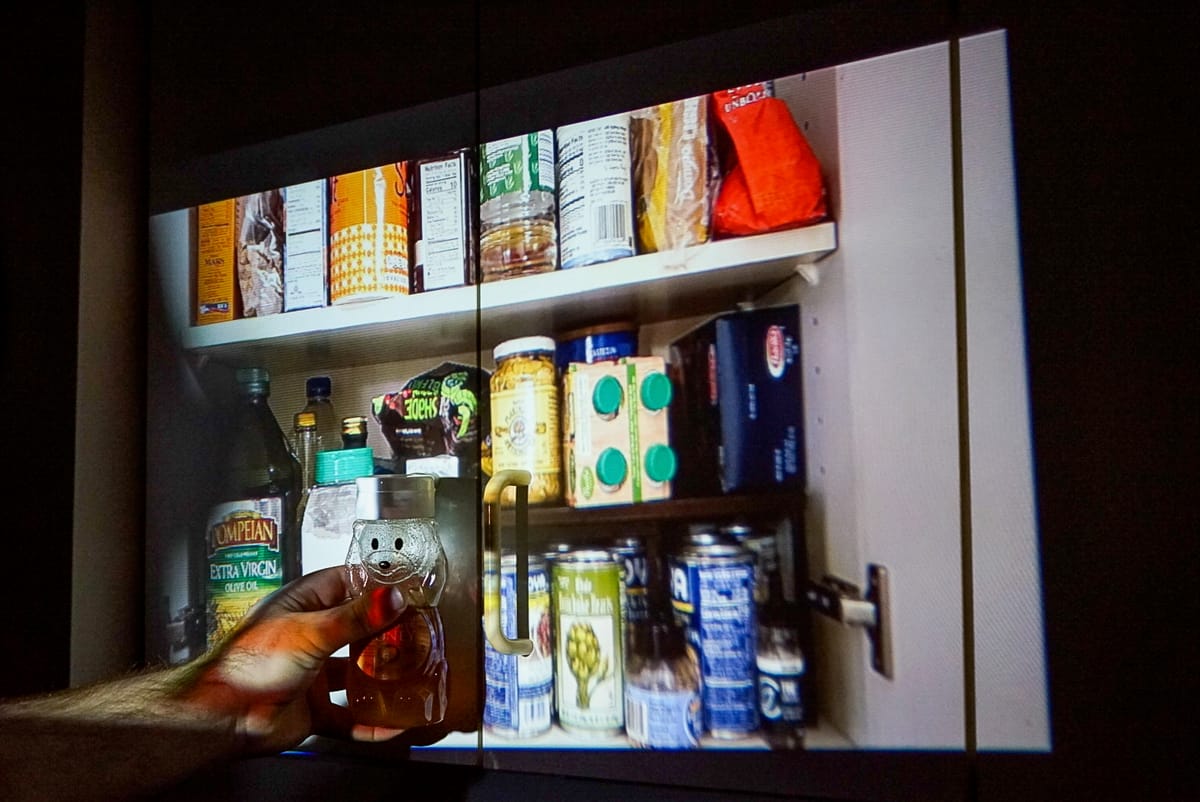
A major new study of U.S. artists paints a stark picture of a workforce juggling multiple jobs, struggling with food and healthcare insecurity and a lack of institutional recognition. The findings also challenge long-held assumptions about who counts as an artist.
National Opinion Research Center at the University of Chicago, a non-profit research institution, surveyed 2,618 artists nationwide for the 102-page report with funding and research support from the Andrew W. Mellon Foundation.
In a section of the report explaining why NORC conducted the survey, the research group said it aimed to bridge a gap between how prior research has defined being an artist so that such data could be more meaningfully used by researchers.
For example, the National Endowment for the Arts used data from the U.S. Bureau of Labor Statistics’ Current Population Survey to estimate in 2022 that around 1.6% of the labor force qualified as an artist. But 52% of Americans could qualify as an artist under the Survey of Public Participation in the Arts, which counts adults who create art or engage in performance as a hobby or recreation.
“These surveys do not provide information that would allow researchers to distinguish between those who engage with their art as a hobby or recreation versus as a professional practice or career,” NORC said in its report. “This means that they have limited utility in providing information about practicing artists as a distinct group.”
So, who qualifies as an artist?
NORC’s sample of artists surveyed for the report include “artists who are not currently represented in other national data sources.” It also screened out artists who exclusively do design work, because designers tend to hold more traditional employment arrangements.
The researchers defined an artist using a five-part screening process intended to capture sustained, professionalized creative practice rather than job titles. Of the artists who passed through the screening, only 70% self-identified as an artist at all.
To qualify, respondents had to have engaged in at least one eligible activity across performing arts, visual arts, writing, craft arts or “other arts” within the past year.
They also must have engaged in that activity as a teacher, professional, former professional or culture bearer — not solely as a hobbyist or student — and had to make work for an audience beyond personal contacts.
They additionally needed to be recognized as an artist by someone other than friends or family and must have spent real weekly time on the practice.
Under those conditions, the study determined that 18% of U.S. adults could be categorized as an artist.
The challenges of artists
The report finds that 80% of U.S. artists held at least one paid job in the last 12 months, but that figure encompasses any paid work, including art-related employment and non-arts work. NORC’s data shows that artists often combine both: 71% of those who held a job worked in the arts, while many also took jobs in unrelated fields to stabilize their income.
More than a third of artists, 37%, worked two or more paid jobs in the past year, and 5% held four or more, showing a degree of job stacking.
Meanwhile, of artists who held at least one job, only 23.3% of them reported making more than $50,000 within the year from their main job.
The survey also reveals how artists sustain themselves financially. More than half, 54%, earned income from selling their work, while 41% drew on passive income sources such as royalties, interest or rental assets. Another 37% relied on public assistance, including Social Security, welfare programs or unemployment income.
On top of paid labor, many artists reported significant unpaid responsibilities. About 28% provided unpaid assistance or care to a family member or friend in the past year. Nearly half, 49%, engaged in volunteer artistic activities, while 46% engaged in unpaid artistic activities—such as labor they hoped would be compensated but wasn't.
The volatility of this work has resulted in significant financial strain. Of the roughly 75% of artists who carry debt, 16% disclosed debts totaling $150,000 or more.
Twenty-two percent worried, at least somewhat, about having enough food to eat and 29% at least somewhat worried about making rent or paying their mortgages. And while 84% had access to health insurance, those with insurance often relied on public options: 27% received coverage through Medicare and 21% through Medicaid.
But while many artists invest significant time in their work, few feel recognized by traditional arts gatekeepers. Only 39% reported being regarded as an artist by curators, critics, editors, collectors or similar professionals. Just 10% said they were recognized beyond their local community.
Despite the instability, artists reported devoting substantial time to their craft. On average, respondents spent 19.3 hours per week on their artistic activities, nearly half the hours of a full-time job. One in ten artists spent more than 40 hours a week on their practice.
That strain on cultural labor is unfolding at the same time many museums face their own financial uncertainty. Earlier this month, a survey from the American Alliance of Museums found that roughly one-third of U.S. museums lost federal support in 2024 as attendance and revenue continued to slide.
And last month, a study conducted by Museums Moving Forward found that American museum workers are underpaid and burning out at a monumental scale.
Key findings from the report include the revelation that 49% of museum workers have looked for a new job in the past year with 54% saying they have considered leaving the industry altogether in the last five years.
Combined, these findings depict an artist workforce operating within a landscape grappling with simultaneous instability—from shrinking institutional resources to the uneven economic conditions shaping creative work nationwide.
